 |
| Dust Bowl, 1930’s |
by Jamie Freveletti
This image of a dust storm barreling down on a farm in the 1930’s is a chilling one. This largely man-made environmental disaster was a result of over plowing combined with drought conditions and a collapsing market for wheat.
In the years before the stock market crash, eager farmers flowed west to take advantage of cheap land and the need for wheat. Gas powered tractors made plowing the heavy buffalo grass of the prairie easy. Fields that formerly consisted of prairie grass were plowed under and wheat put in their place despite the fact that the prairie was not an ideal place for this type of crop due to its recurrent drought conditions.
But the high prices for wheat collapsed along with the stock market crash of 1929. Two years later, in 1931, drought followed. Unlike buffalo grass, which had adapted to the cycle of rain and drought and could survive both, wheat was a crop that required a steady supply of water. The wheat dried up, leaving the dust and dirt to be whipped up by winds. And the environmental events that followed are shocking to read.
Dust clouds as high as 10,000 feet rolled over the land. The storms created so much static electricity that blue flames would dance from barbed wire fences and merely shaking hands could create an electrical shock so powerful that it could knock one to the ground. The electricity in the air would short out cars and radios. Drivers would drag chains from their car to ground it to the land.
The dust choked livestock and killed many of them. Cows and chickens died and soon the young and elderly did as well from inhaling the particulate that coated their lungs. Dubbed “Dust Pneumonia,” hundreds died of it. Dust storms, or “dusters” as they were called, were so dark that to be enveloped in one meant that you would not be able to see.
And then came the grasshoppers and jackrabbits. The drought loving insects swarmed over the fields, eating everything in sight. Jackrabbits as well. With their natural habitats destroyed, these animals descended on the fields in search of food.
 |
| Credit: Marshall County Kansas Historical Society |
It took years and the environmental efforts spearheaded by Franklin Delano Roosevelt’s New Deal programs to address this man made disaster. This governmental intervention, and the advent of conservation efforts along with better farming methods, eventually quelled the environmental disaster.
And some of our finest fiction and music grew from these hard times. John Steinbeck’s The Grapes of Wrath and Woody Guthrie’s Dust Bowl Blues among them.
And today we have our own share of environmental disasters. The tsunami that struck the Fukushima nuclear power plant and caused it to melt down, as well as hurricane Katrina that devastated New Orleans. And in 2016 Oklahoma experienced 1,000 earthquakes of 3.0 magnitude or above as a suspected result of oil and gas activity and fracking. (They had only 2 in 2008). Regulations are being put in place to handle the wastewater by product that the Oklahoma government linked to the problem in 2015.
All of these real events inspire authors to tell the stories of those facing a the wrath of nature. And the theme of that wrath is the same: nature will win, because it does not discriminate. Nature is all powerful, and controlling it is not an option. As a writer we’re told to heighten conflict whenever possible, because conflict makes for a great story. Well, there’s no greater conflict than this.
Check out the excellent articles and facts below:
The Dust Bowl, Ken Burns, PBS http://www.pbs.org/kenburns/dustbowl/
When Storms Converge, article by David C Brown, https://jfbrownrealestate.com/when-storms-converge-lessons-of-the-dust-bowl/
Ten Things You May Not Know About The Dust Bowl: History, http://www.history.com/news/10-things-you-may-not-know-about-the-dust-bowl
Why Oklahoma Can’t Turn Off Its Earthquakes, https://www.bloomberg.com/news/articles/2016-11-08/why-oklahoma-can-t-turn-off-its-earthquakes

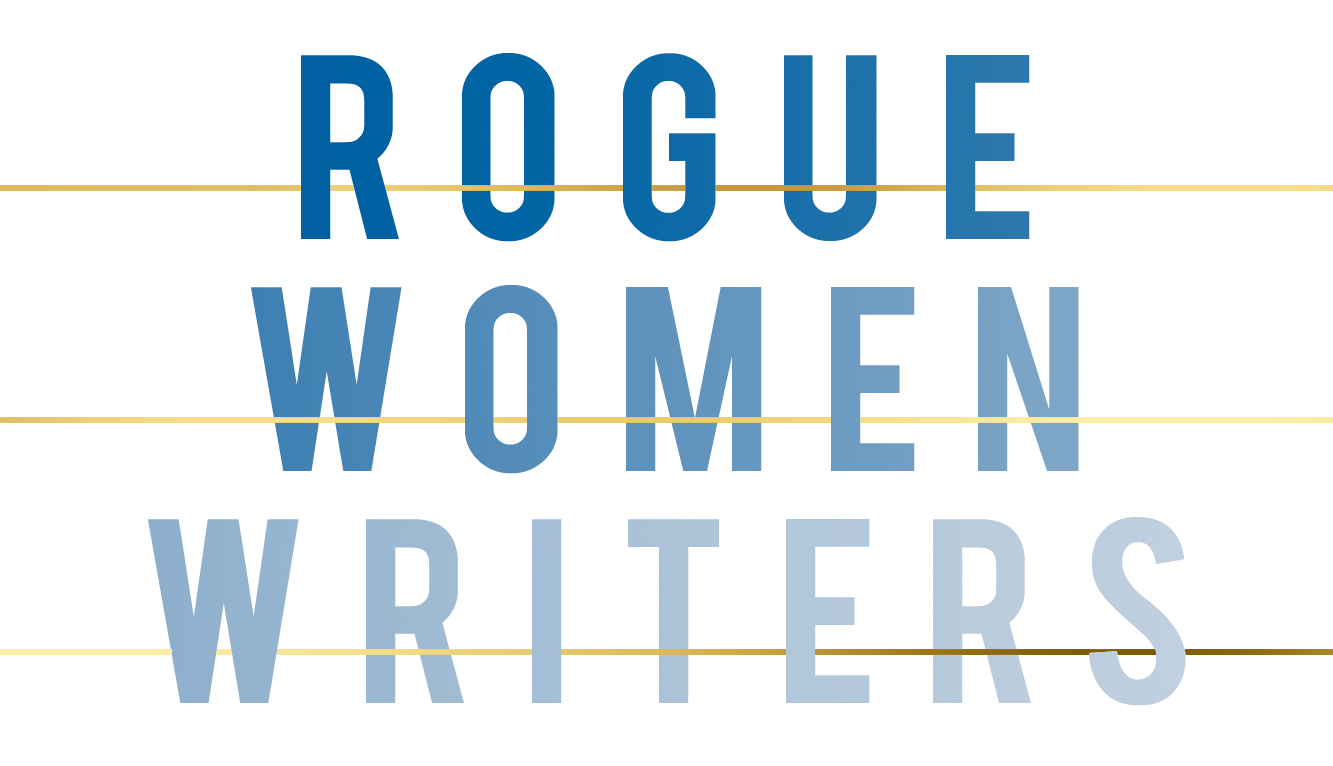
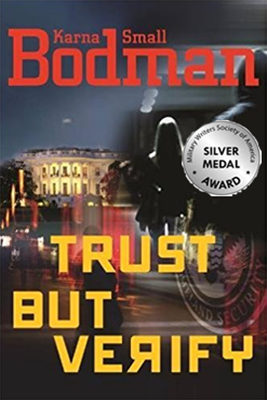
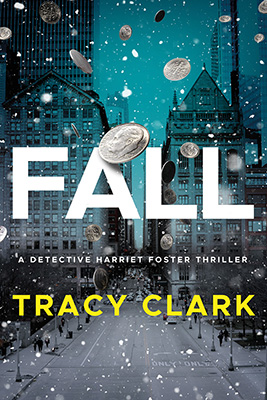
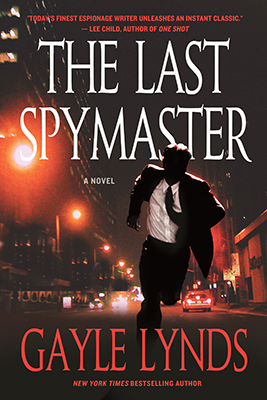
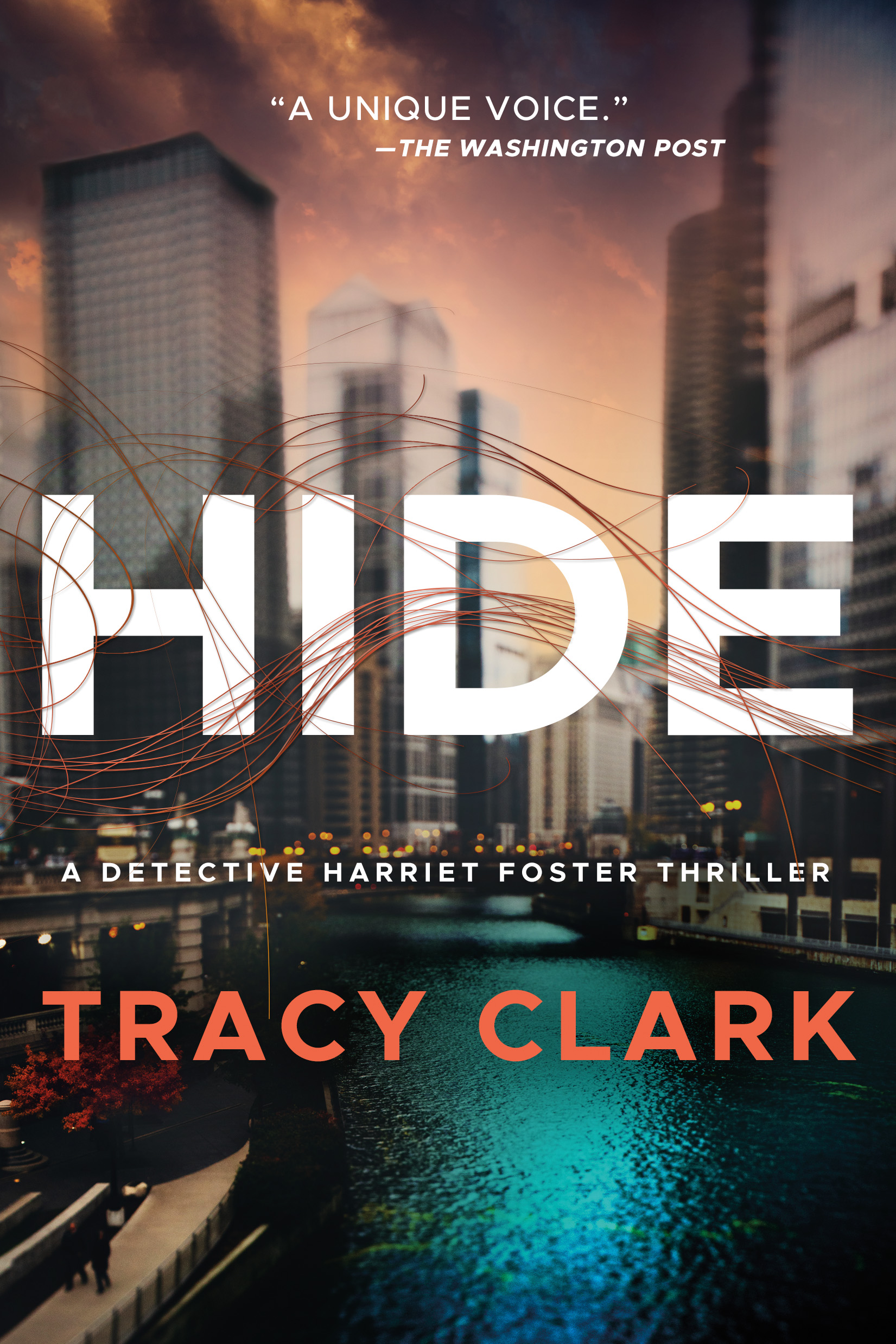
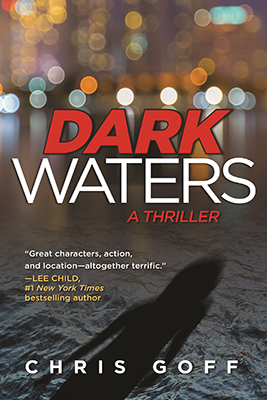
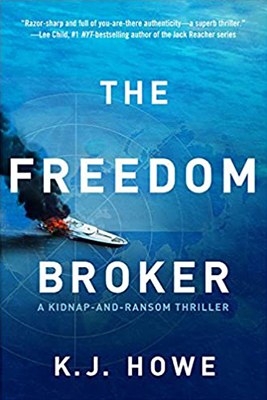
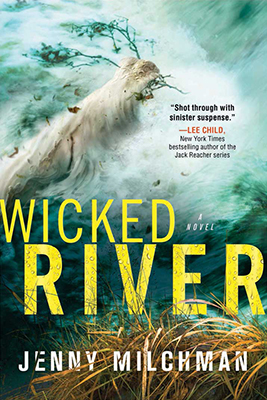
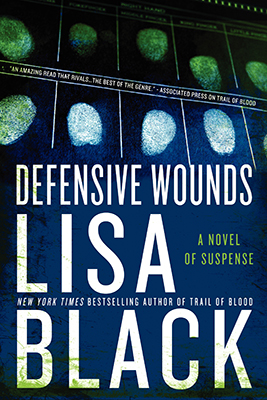
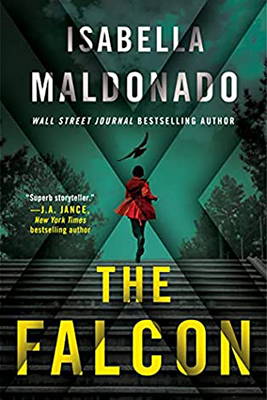
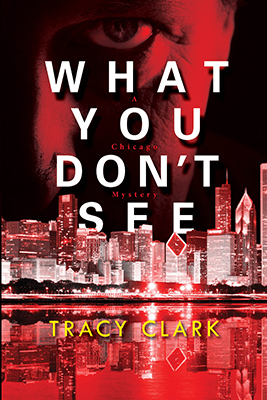
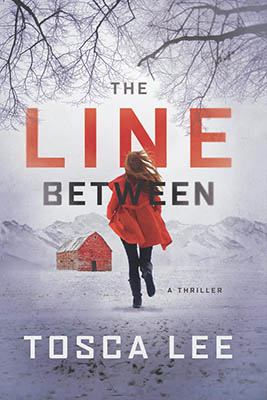
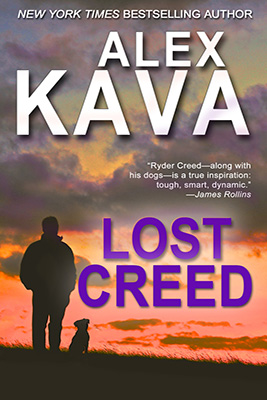
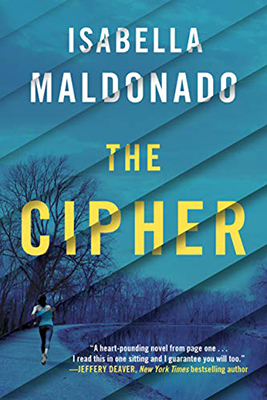
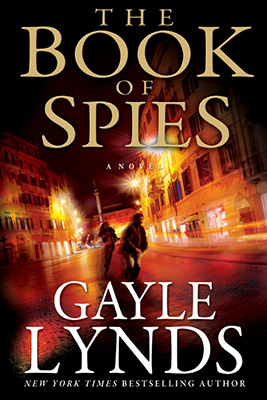
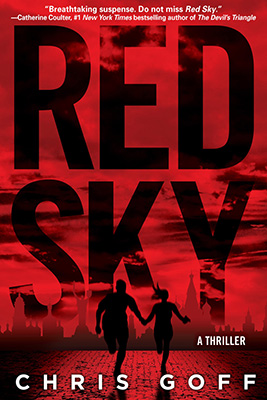
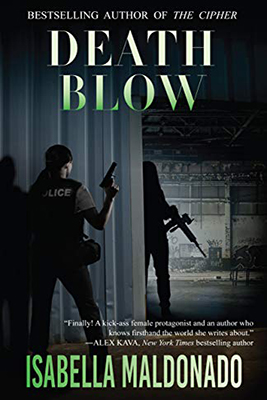
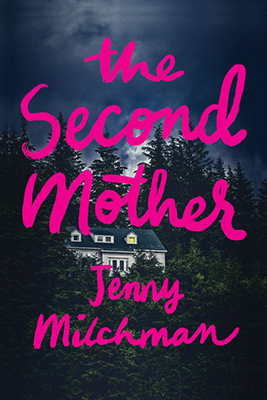
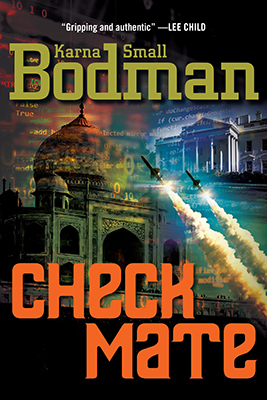
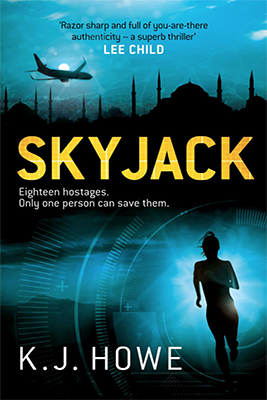
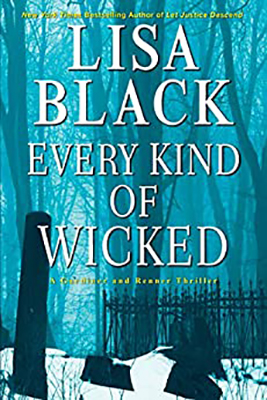
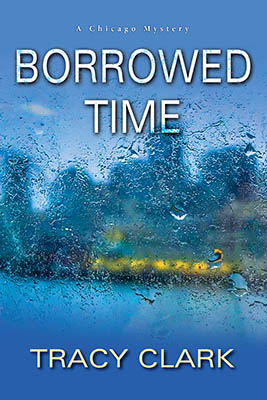
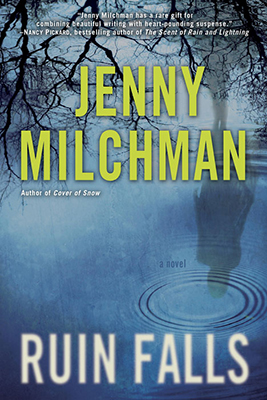
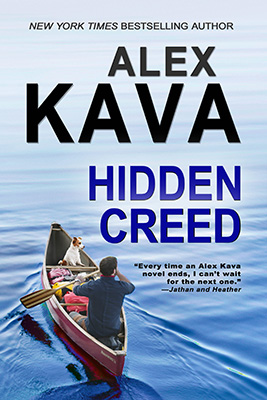
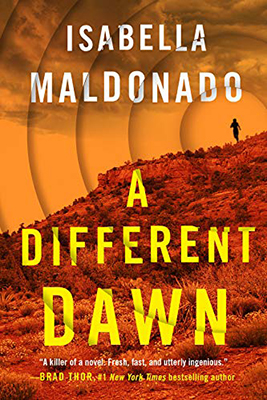
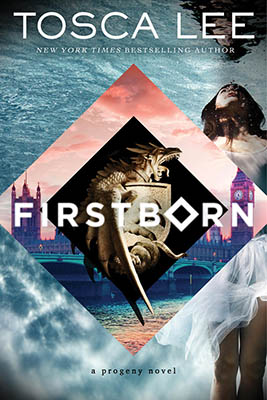
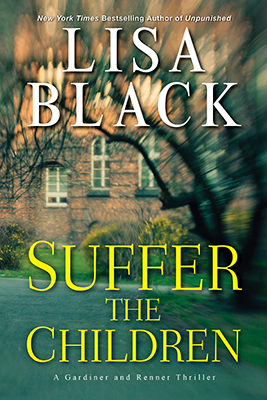
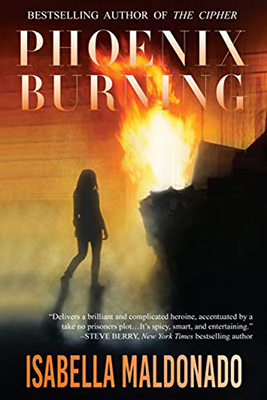
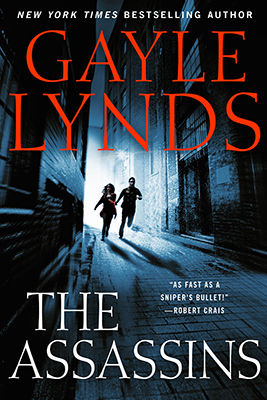

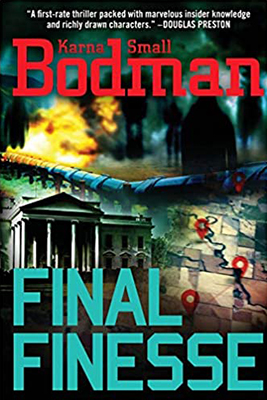
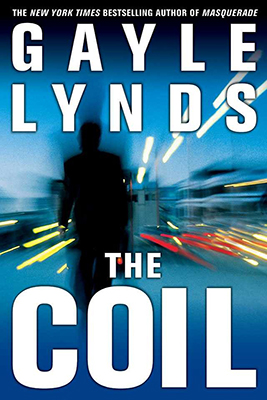
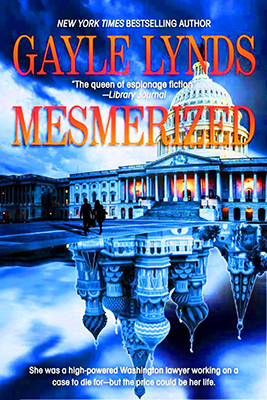
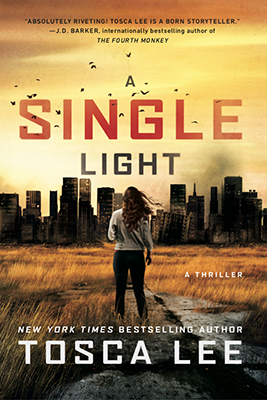
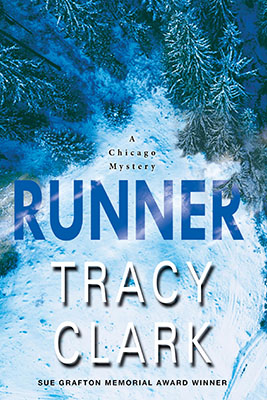
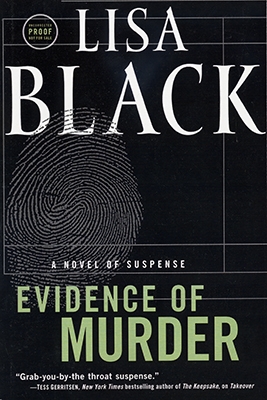
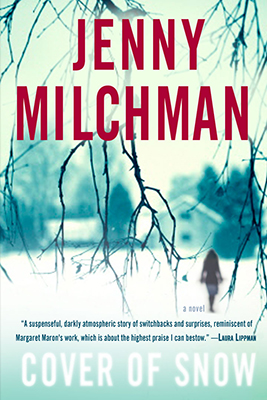
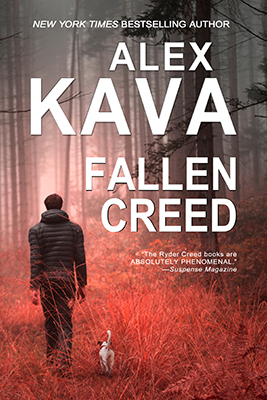
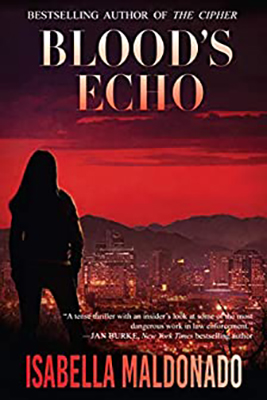
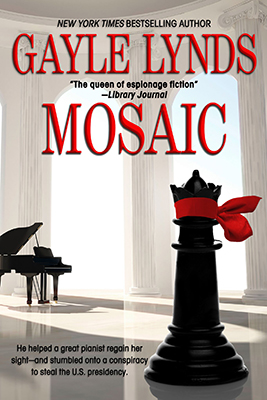
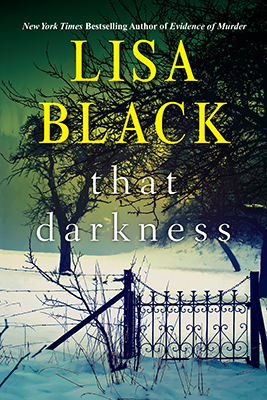
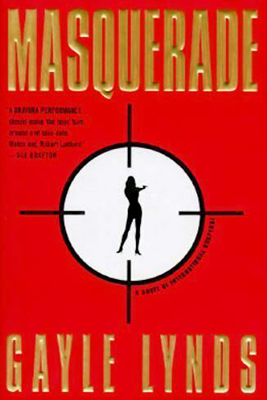
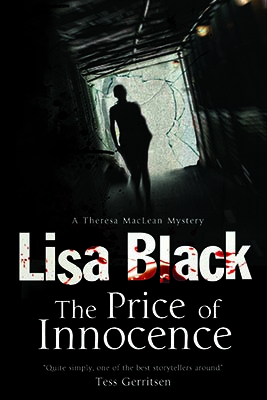
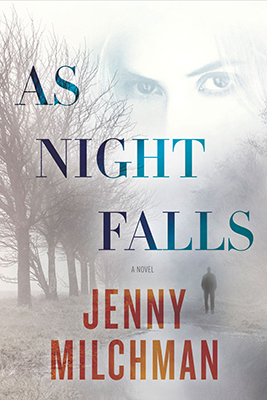
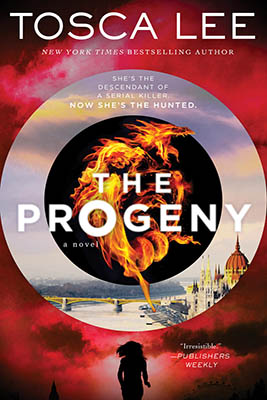
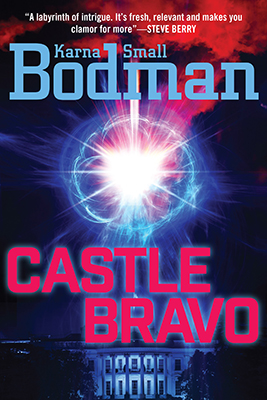
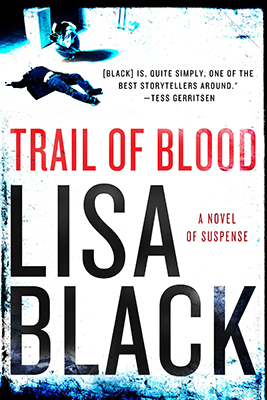
What happened in the 30s with the dust storms is a cautionary tale as to what can happen when human disrupt the natural order. Thanks for a thought provoking post.
You are so right, Jamie. It seems to me there used to be many more novels that had natural disasters as part of their settings — hurricanes, snowstorms, erupting volcanoes. As you say, they offer tremendous opportunity for drama and an exploration of the world in which we live. Thanks for a great post!
Jamie, what a great angle for our topic of weather! I really enjoyed the post–and thanks for the links at the bottom. I'm looking forward to reading more about Oklahoma.
I love history. Thanks for the post, and for the link to the articles. Great info!